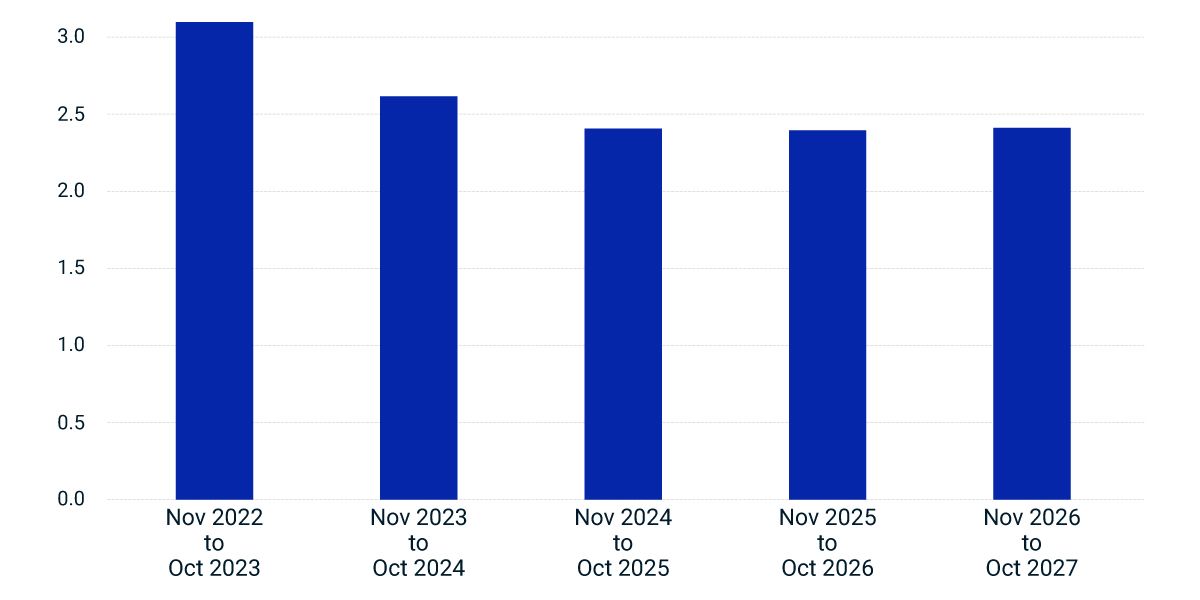The Fed Post-Election: Inflation Still the Focus
The U.S. midterm elections appear to have given strong support for the Federal Reserve to continue its aggressive campaign to lower U.S. inflation. Exit polls showed that inflation was the top issue among voters. Critics who argue against the Fed's inflation-fighting rate hikes may encounter a less sympathetic audience among Fed policymakers.
Although today's release of the October U.S. consumer price index showed an unexpected decline in inflation, Chair Jay Powell has repeatedly emphasized that the Fed does not put too much weight on a single month's data. His comments following last week's Federal Open Market Committee meeting likely still reflect current Fed thinking — that a strong labor market continues to support stubbornly high inflation and that the risk of doing too little still outweighs the risk of doing too much.
Most bond investors seem to believe that the Fed will be successful in driving inflation much lower from the 7.7% experienced over the past year. Next year's Treasury-market-implied inflation rate is approximately 3%. In the following years, the implied inflation rate falls further and approaches the Fed's long-standing 2% target.
Future challenges for the Fed include the possibility of a significant slowdown in the economy coinciding with an inflation rate that remains stubbornly high. In this case, the voices of Fed critics advocating more dovish policies could grow louder. Investors may speculate on how the Fed would react, but the Fed has not yet provided detailed guidance on how it would respond.
Market confident Fed will drive inflation lower

Market-implied U.S. 12-month forward inflation rate, in percent, as of Nov. 8 market close.
Subscribe todayto have insights delivered to your inbox.
Chaos in U.K. Bonds: Could It Happen Elsewhere?
Last week’s dramatic moves in U.K. government bond yields and a weaker pound underscore the difficulties facing investors in the current market environment.
The 60/40 Portfolio Is Sick: Can It Recover?
This year’s abysmal performance of the 60% equity/40% bond portfolio raises fundamental questions about the role of bonds in multi-asset-class portfolios.
Has the Bond Market Gone Crazy?
Signals from the bond market show what some investors consider a remarkably optimistic inflation outlook.
The content of this page is for informational purposes only and is intended for institutional professionals with the analytical resources and tools necessary to interpret any performance information. Nothing herein is intended to recommend any product, tool or service. For all references to laws, rules or regulations, please note that the information is provided “as is” and does not constitute legal advice or any binding interpretation. Any approach to comply with regulatory or policy initiatives should be discussed with your own legal counsel and/or the relevant competent authority, as needed.
